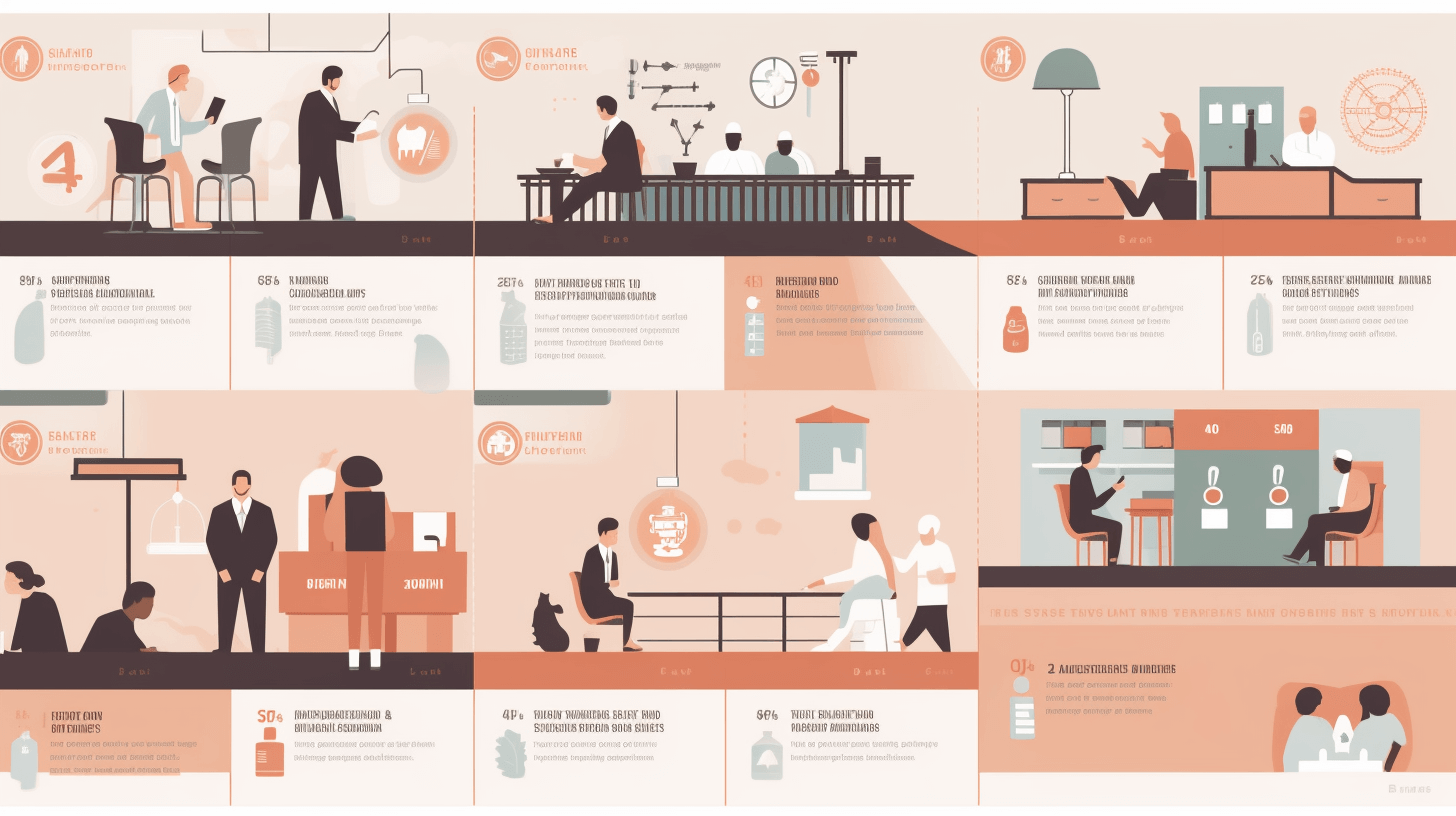September 17, 2025

Sentencing is one of the most consequential parts of the criminal justice system. It follows a verdict or guilty plea and determines what penalties a person will face: prison time, probation, fines, or a combination of these. How sentencing is carried out deeply impacts not just the defendant, but also families, victims, and entire communities.
Understanding The Legal Side of a Sentence requires a close look at the legal framework, the factors judges consider, and how defense lawyers shape outcomes. Sentences are also tightly connected to later processes like The Legal Side of an Appeal, The Legal Side of a Parole Hearing, and The Legal Side of a Pardon.
What Is Sentencing?
Sentencing is the formal legal process by which someone convicted of a crime is given their punishment. Unlike trial, sentencing involves discretion, statutory rules, and often a balancing of mitigating and aggravating factors.
Sentences can include:
The decision is made in a sentencing hearing where both prosecution and defense argue for appropriate outcomes.
Legal Authority and Guidelines
Sentencing is governed by statutes, guidelines, and precedents:
These rules can be challenged or negotiated, but only with strong legal advocacy.
The Sentencing Process Step by Step
This sequence shows how sentencing fits within the broader criminal process.

Factors Judges Consider
Judges weigh:
Sentencing requires balancing fairness, rehabilitation, and public protection.
The Role of Defense Lawyers in Sentencing
Lawyers influence sentencing outcomes through:
This is where skilled counsel makes a decisive difference, as in How a Lawyer Can Challenge Evidence in a Criminal Case.
Challenges in Sentencing
Common problems include:
These issues often form the basis of later appeals.
Connections to Other Legal Remedies
Case Studies and Cross-Practice Insights
Law firms demonstrate their skill in sentencing through broader practice examples:
Mitigation Strategies
Effective defense lawyers use:
These humanize defendants and show judges paths other than incarceration.
Appealing a Sentence
Improper sentences can be appealed if:
Appeals follow strict deadlines, requiring attorneys with appellate expertise. See The Legal Side of an Appeal.
Why Law Firm Choice Matters
The sentencing stage is as critical as trial. The right law firm ensures:
As with Why Law Firms Excel at High-Asset Divorce Litigation, sentencing requires resources, sophistication, and strategy.
The Broader Impact of Sentences
Sentences shape futures. They affect:
Legal advocacy ensures sentences are fair and proportionate, not excessive.
Conclusion
Sentencing is not the end of the criminal process — it is a pivot point. It shapes appeals, parole hearings, and pardons. It influences lives, families, and communities for decades.
The legal side of a sentence is deeply technical, but also profoundly human. It requires lawyers who can blend law, advocacy, and empathy. By connecting sentencing with The Legal Side of an Appeal, The Legal Side of a Parole Hearing, and The Legal Side of a Pardon, it becomes clear that sentencing is not an isolated moment but part of a much larger story of justice, rights, and second chances.
Stay up to date with the latest tips, expert insights, product reviews, and step-by-step guides to help you grow, create, and succeed—no matter your industry or passion.